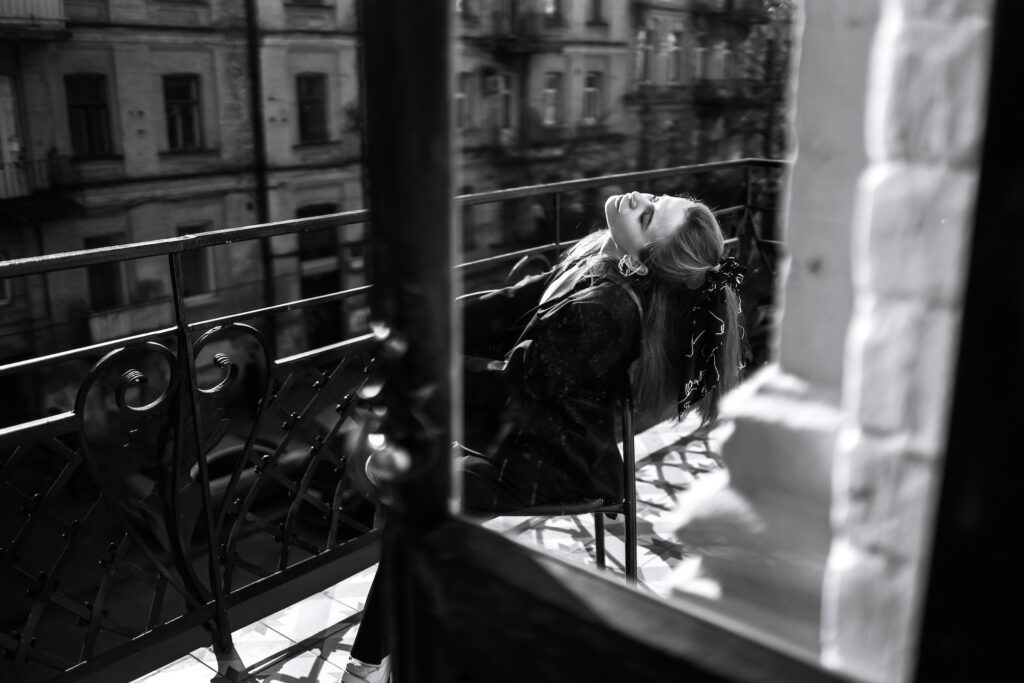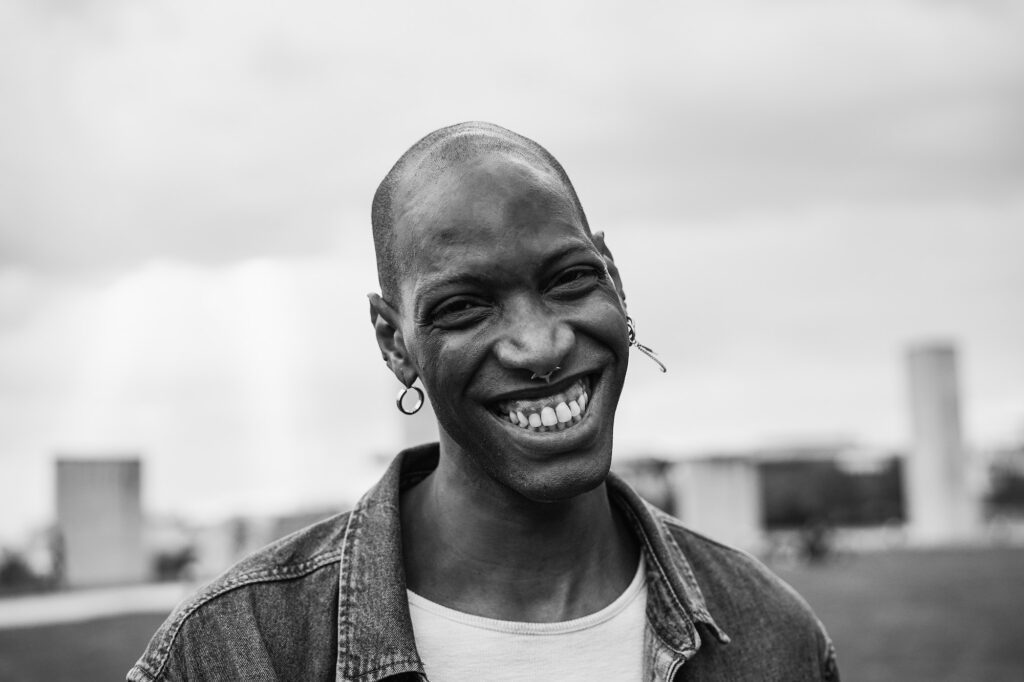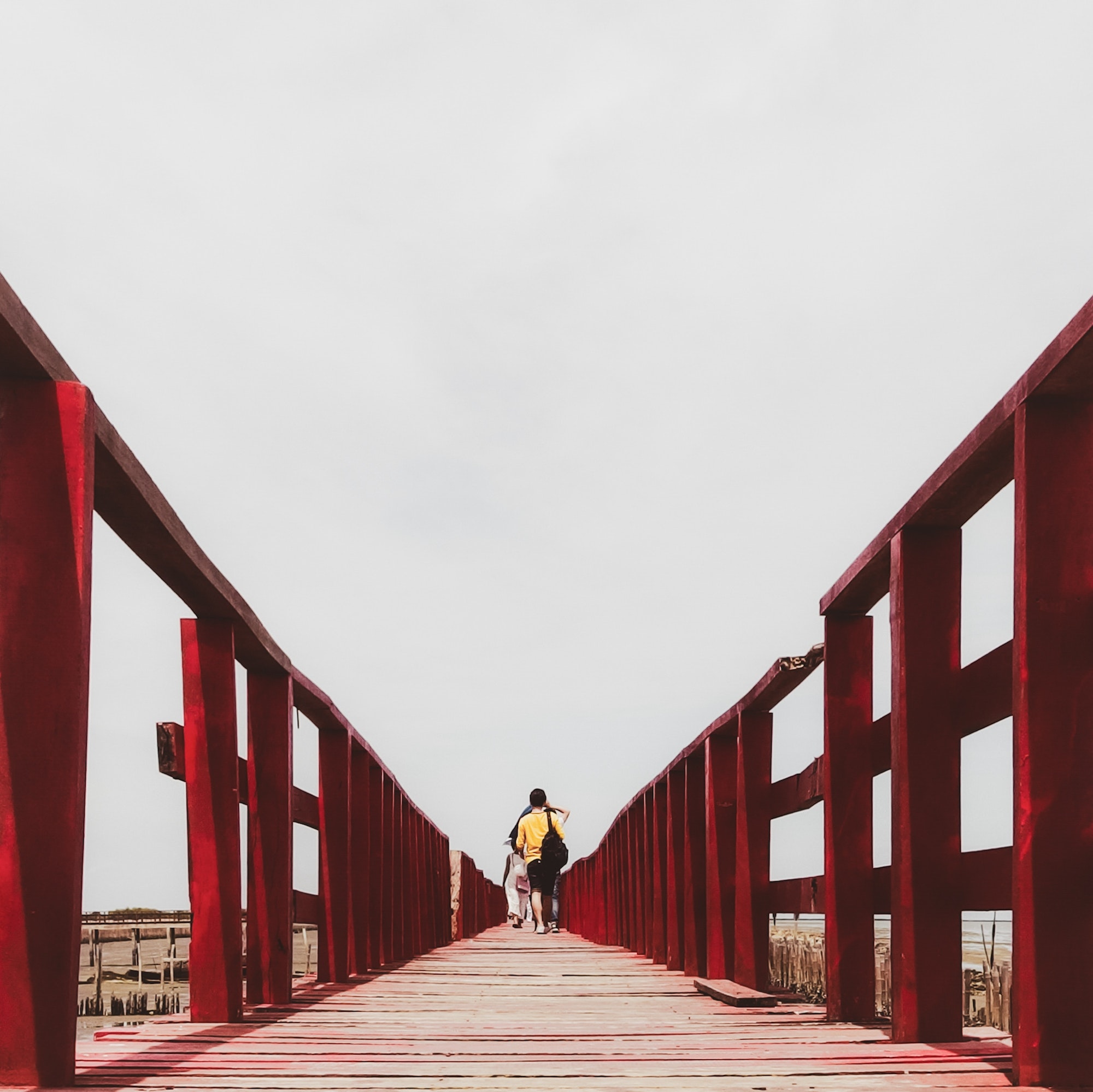
Mastering Black and White Street Photography: Techniques, Tips, and Inspirations
Black and white street photography is a timeless and evocative art form that has captivated both photographers and viewers for generations. By stripping away color, black and white images invite us to focus on the raw emotions, textures, and stories unfolding within the frame. As a passionate street photographer, I've spent years exploring the intricacies of black and white photography, and in this blog post, I'll share my experiences, lessons learned, and offer guidance on how to master this captivating genre in a relatable and engaging manner.
Embracing the Monochrome Mindset
To truly master black and white street photography, it's important to develop a monochrome mindset. This means learning to see the world around you in terms of light, shadow, contrast, and texture, rather than color. By honing this skill, you'll be better equipped to identify scenes that lend themselves naturally to black and white photography.

One of the best ways to develop a monochrome mindset is to spend time studying the work of renowned black and white photographers, such as Henri Cartier-Bresson, Robert Frank, and Vivian Maier. By analyzing their images, you can gain a deeper understanding of the compositional elements and visual cues that make for compelling black and white street photographs.
I remember my first deliberate attempt at black and white street photography during a trip to New York City. As I wandered the bustling streets, I found myself drawn to the interplay of light and shadow, the geometric patterns formed by building facades, and the myriad of human emotions on display. This experience taught me the importance of approaching street photography with a monochrome mindset, and it has been a guiding principle in my work ever since.
Mastering the Technical Aspects
While the artistic vision is critical in black and white street photography, it's equally important to have a solid understanding of the technical aspects of your camera and post-processing techniques. This will enable you to create images that are not only visually striking but also technically sound.
In-Camera Settings
Many digital cameras offer a monochrome or black and white mode, which allows you to preview your images in black and white as you shoot. This can be a helpful tool for visualizing your scenes in monochrome and making adjustments accordingly.
In addition to using the monochrome mode, it's essential to understand the importance of proper exposure in black and white photography. Because you're working with a limited tonal range, it's crucial to ensure that your images are correctly exposed to retain details in both the highlights and shadows.
Post-Processing Techniques
Once you've captured your images, post-processing plays a vital role in bringing your black and white vision to life. Programs like Adobe Lightroom and Photoshop offer a range of tools for converting your images to black and white, adjusting contrast, and fine-tuning tonal values.
Some of my favorite techniques for post-processing black and white street photographs include using curves adjustments to create rich, deep blacks and bright, clean whites, and applying dodging and burning techniques to selectively enhance areas of light and shadow. By experimenting with different post-processing methods, you can develop a unique style and aesthetic that sets your work apart.
Harnessing the Power of Light and Shadow
Light and shadow are the building blocks of black and white photography, and learning to use them effectively is crucial to creating compelling images. In street photography, this often means working with natural light and embracing the dynamic range of tones it provides.
One of my favorite times to shoot black and white street photographs is during the so-called "golden hour" – the period shortly after sunrise or before sunset when the sun is low in the sky, casting long shadows and creating dramatic contrast. The quality of light during this time is unparalleled, as it helps to accentuate textures, emphasize shapes, and adds depth to your images.
Another interesting lighting scenario for black and white street photography is the harsh, direct sunlight often found during midday. While this type of light can be challenging to work with, it can also result in striking, high-contrast images that emphasize the interplay of light and shadow.
During one of my street photography outings in London, I stumbled upon a narrow alley bathed in the dappled light filtering through the surrounding buildings. The scene was a perfect example of how light and shadow can elevate a simple, everyday moment into a captivating black and white image. I patiently waited for a passerby to enter the frame, and the resulting photograph remains one of my favorite examples of the power of light and shadow in black and white street photography.
Focusing on Composition and Visual Design
In black and white street photography, composition and visual design take on even greater importance, as they help guide the viewer's eye through the image and create a sense of balance and harmony.
To create strong compositions, consider incorporating classic design elements such as leading lines, the rule of thirds, and geometric shapes. Look for visual patterns and repetitions that can add interest and structure to your images, and don't be afraid to experiment with different angles and perspectives.
One technique I often use in my black and white street photography is to frame my subjects within their environment, using architectural elements or natural surroundings to create a sense of context and place. This not only helps to tell a more complete story but also adds depth and dimension to the image.
Capturing Emotion and Storytelling
The absence of color in black and white street photography allows for a greater focus on the emotions, expressions, and stories unfolding within the frame. As a street photographer, it's essential to develop a keen eye for these moments and learn to anticipate and capture them as they occur.
One way to hone your storytelling skills is to spend time observing the people and scenes around you, looking for subtle cues and interactions that convey a sense of emotion or narrative. This could include a fleeting glance between strangers, a gesture of affection, or a moment of contemplation.

A memorable experience I had while shooting black and white street photography occurred during a visit to a busy market in Marrakech. Amidst the chaos and bustling activity, I noticed a woman pausing to adjust her headscarf, her eyes filled with a mix of determination and vulnerability. I instinctively raised my camera and captured the moment, resulting in an image that, for me, encapsulates the essence of black and white street photography – raw, emotional, and timeless.
Finding Inspiration and Developing Your Unique Style
As you embark on your journey to master black and white street photography, it's important to seek out inspiration and learn from the work of others. This can help broaden your understanding of the genre and spark new ideas for your own photography.
In addition to studying the work of iconic black and white photographers, consider exploring contemporary artists, attending photography workshops or meetups, and engaging with online communities dedicated to street photography.
As you absorb these influences and experiment with different techniques, you'll begin to develop your unique style and voice within the world of black and white street photography. This process takes time and dedication but is ultimately one of the most rewarding aspects of the journey.
To Recap
Mastering black and white street photography is a rewarding and challenging pursuit that requires a blend of artistic vision, technical expertise, and a keen understanding of human emotions and storytelling. By embracing the monochrome mindset, honing your skills in light and shadow, focusing on composition and visual design, capturing emotion and narrative, and finding inspiration in the work of others, you'll be an expert street photographer in no time.


